In the rainbow of human sexuality, asexuality stands as a unique and often misunderstood identity. Despite gaining more visibility in recent years, asexual individuals still face a barrage of misconceptions and myths surrounding their orientation. It's crucial to debunk these myths to foster a more inclusive and understanding society. So, let's dive in and debunk some of the most common misconceptions about asexuality.
Myth 1: Asexuality is a Medical or Psychological Disorder
One of the most harmful myths about asexuality is the belief that it's a disorder that needs to be fixed. In reality, asexuality is a legitimate sexual orientation, just like being heterosexual, homosexual, or bisexual. It's not a dysfunction or a result of trauma. Asexual individuals are perfectly healthy and capable of leading fulfilling lives, just like anyone else.
Myth 2: Asexual People Are Incapable of Love or Intimacy
Another prevalent myth is that asexual individuals cannot experience love or intimacy. This couldn't be further from the truth. Asexuality is about sexual attraction, not romantic attraction or the capacity for emotional connection. Asexual individuals can and do experience deep emotional bonds, romantic relationships, and even physical intimacy if they desire it. Love and intimacy come in many forms, and asexual individuals are just as capable of experiencing them as anyone else.
Myth 3: Asexuality is Just a Phase
Some people mistakenly believe that asexuality is just a phase that individuals will grow out of or that it's a result of hormonal imbalances during adolescence. While it's true that sexual orientation can be fluid for some people, for many asexual individuals, their orientation remains consistent throughout their lives. Asexuality is a valid and enduring aspect of their identity, not a passing phase.
Myth 4: Asexual People Just Haven't Met the Right Person Yet
This myth assumes that asexual individuals simply haven't found the "right" person to awaken their sexual desires. However, sexual orientation isn't determined by external factors or the presence of a particular individual. Asexual individuals aren't "broken" or incomplete; they're simply not sexually attracted to others in the same way that allosexual individuals are. Trying to "fix" them or change their orientation is not only futile but also disrespectful of their autonomy and identity.
Myth 5: Asexuality is Rare or Nonexistent
Asexuality is often overlooked or dismissed because it falls outside the societal norm of sexual attraction. However, studies suggest that asexual individuals make up a significant portion of the population, with estimates ranging from 1% to 4%. While asexuality may be less visible than other orientations, it is by no means rare or nonexistent. Increased awareness and acceptance can help asexual individuals feel seen and validated in their identities. Asexuality is a legitimate and valid sexual orientation that deserves recognition and acceptance. Debunking myths and misconceptions about asexuality is crucial for creating a more inclusive and understanding society. By challenging stereotypes and promoting education, we can create a world where all individuals, regardless of their sexual orientation, feel accepted, respected, and valued for who they are.





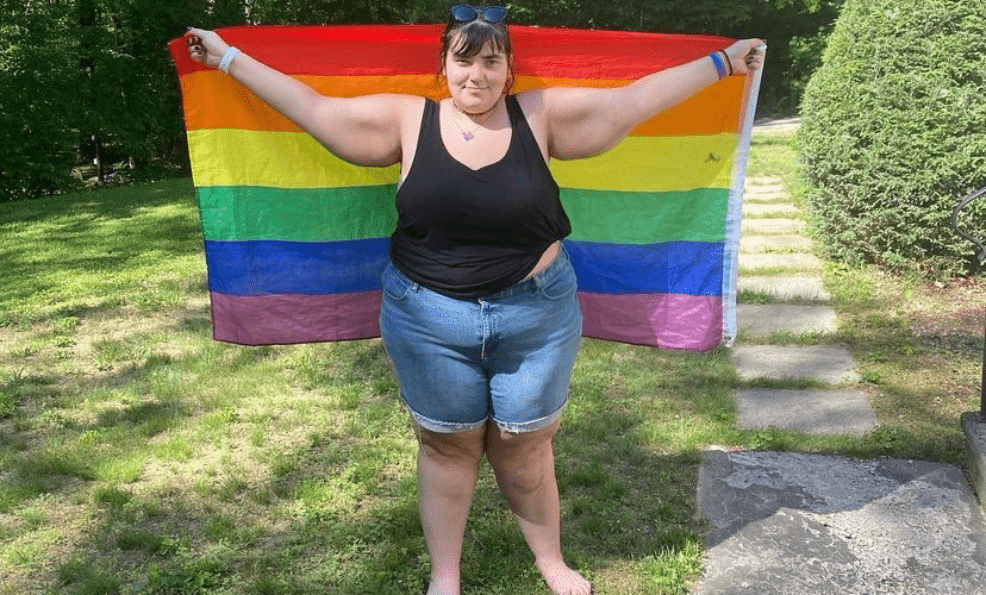


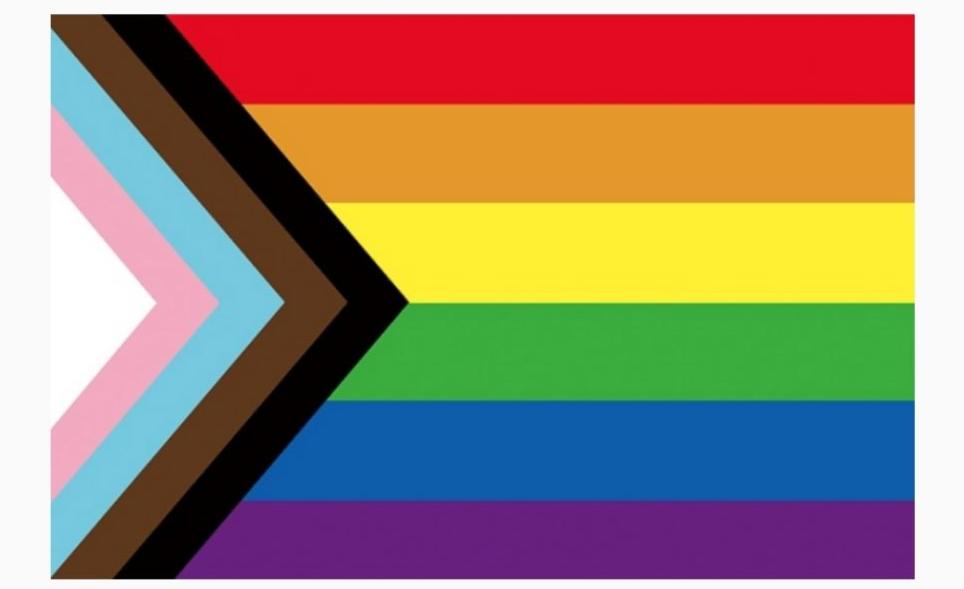

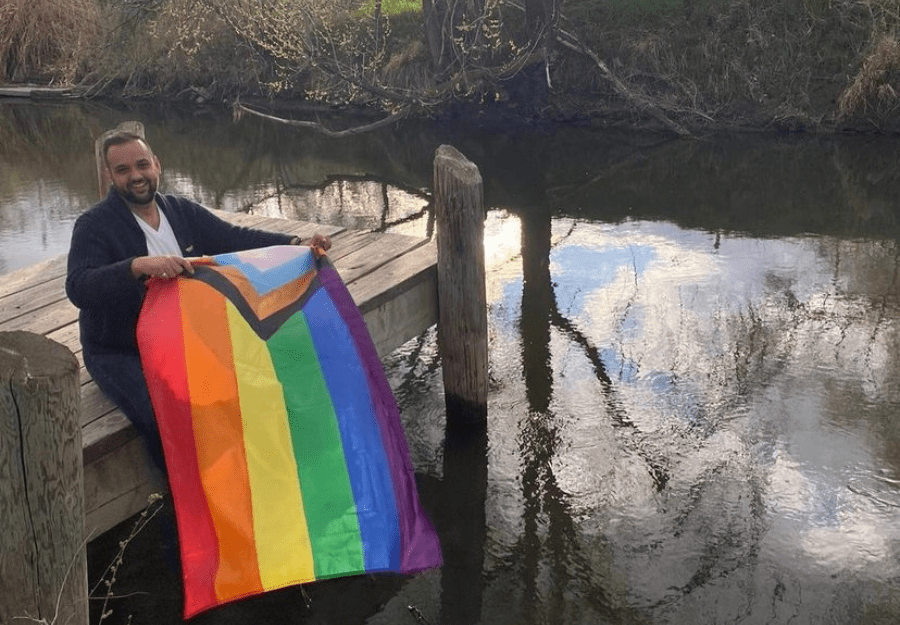


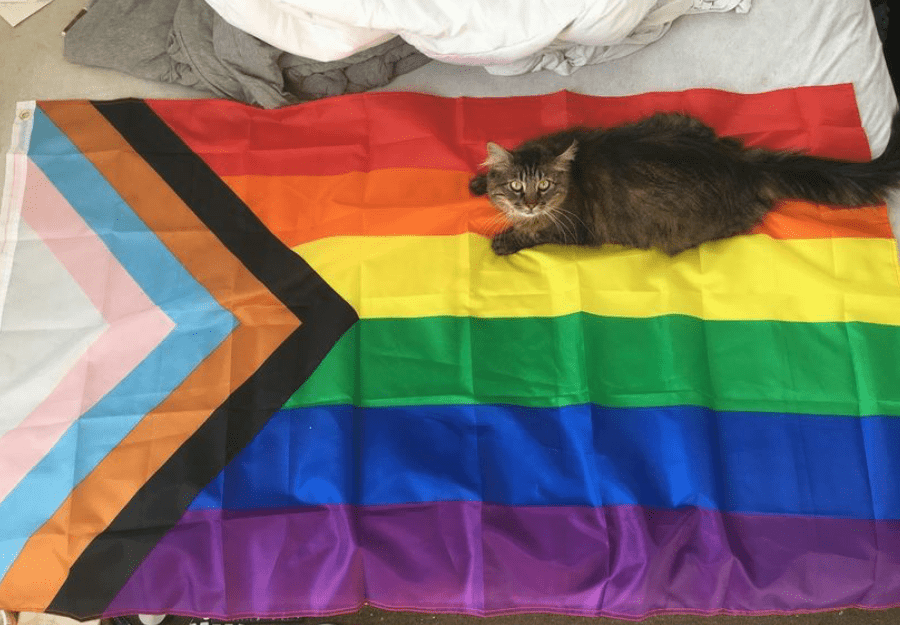
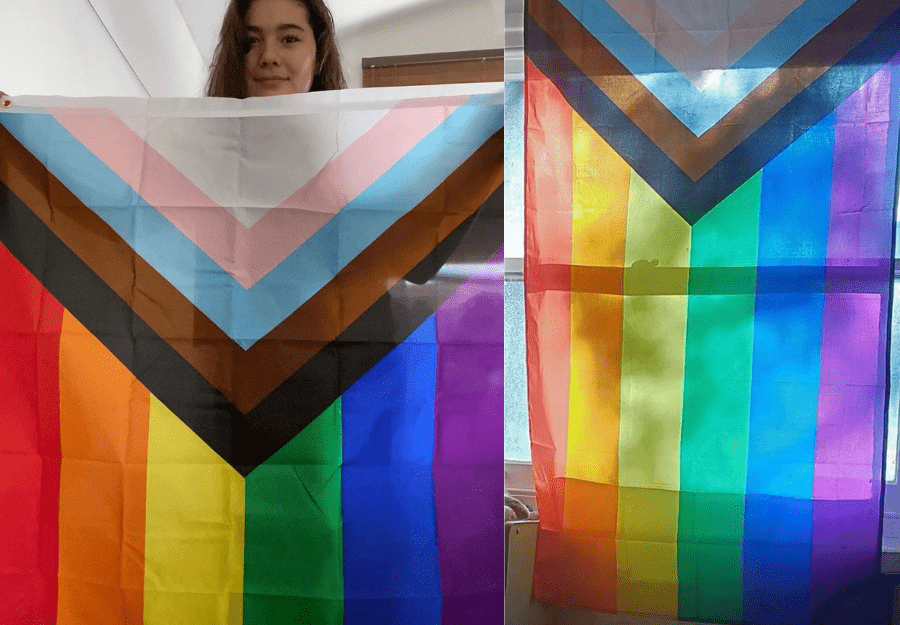
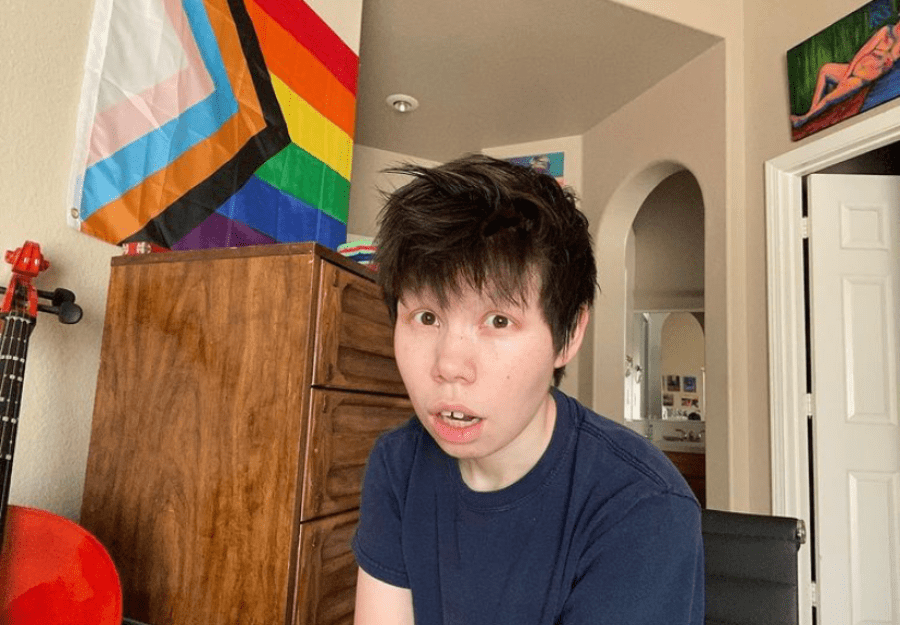

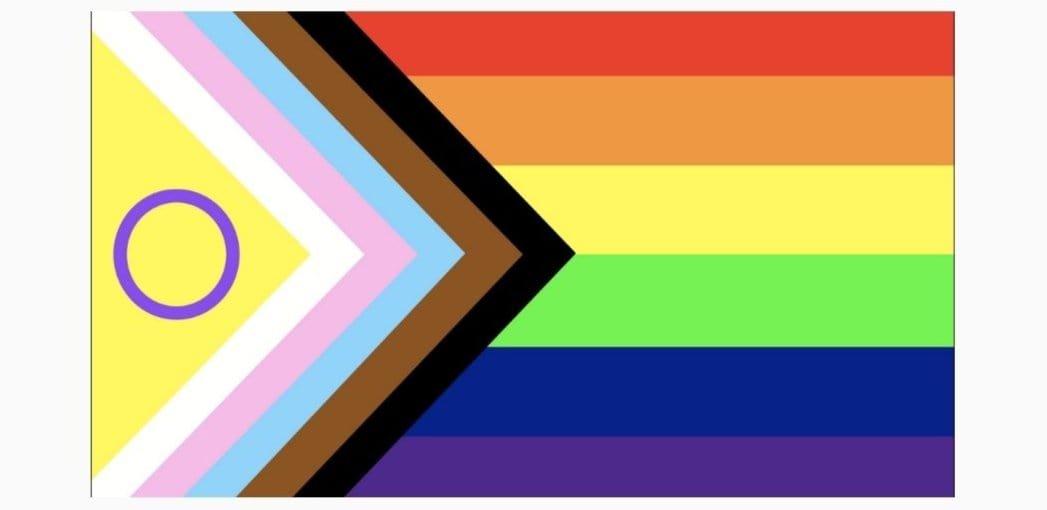




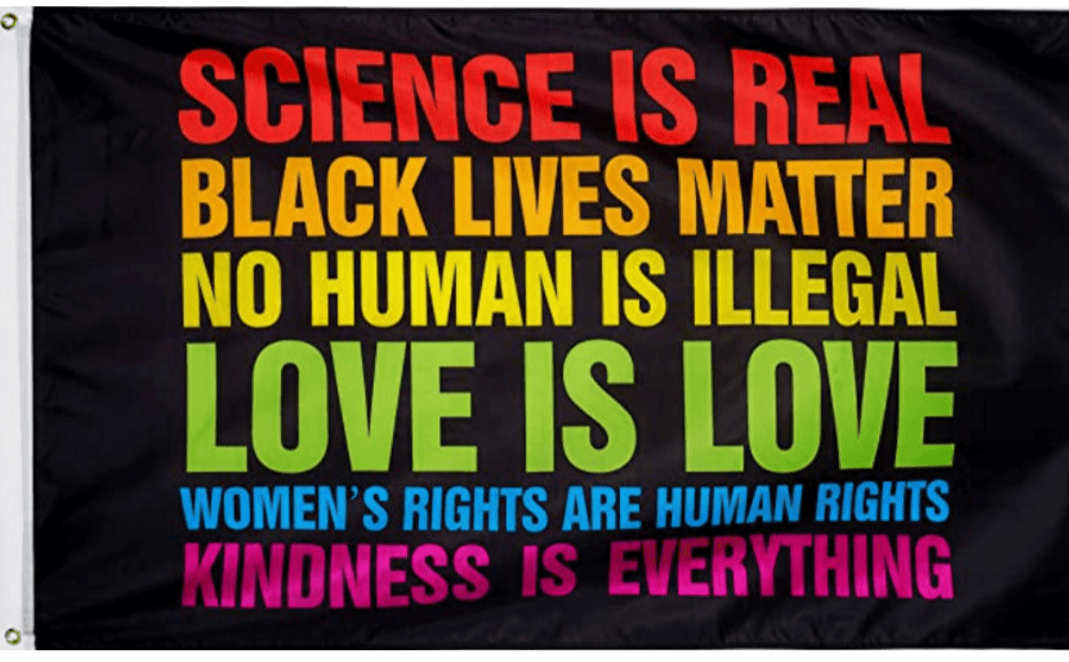

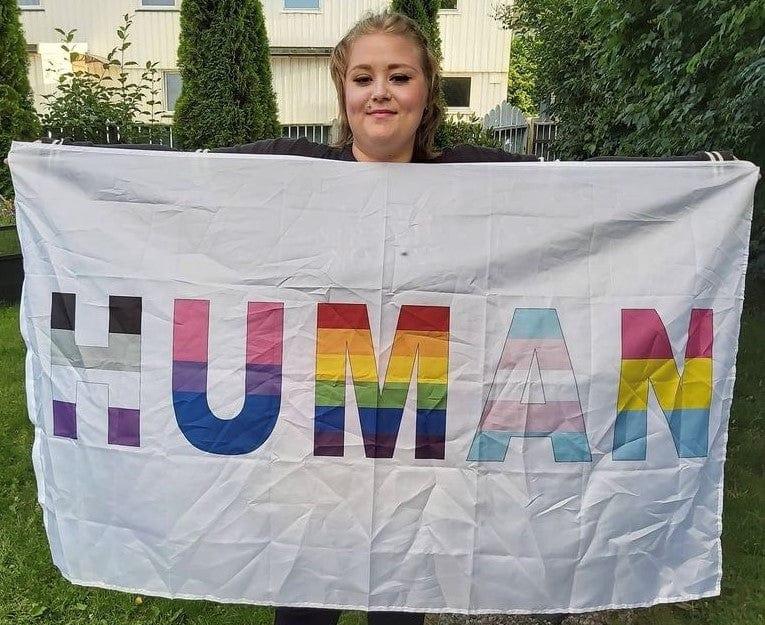

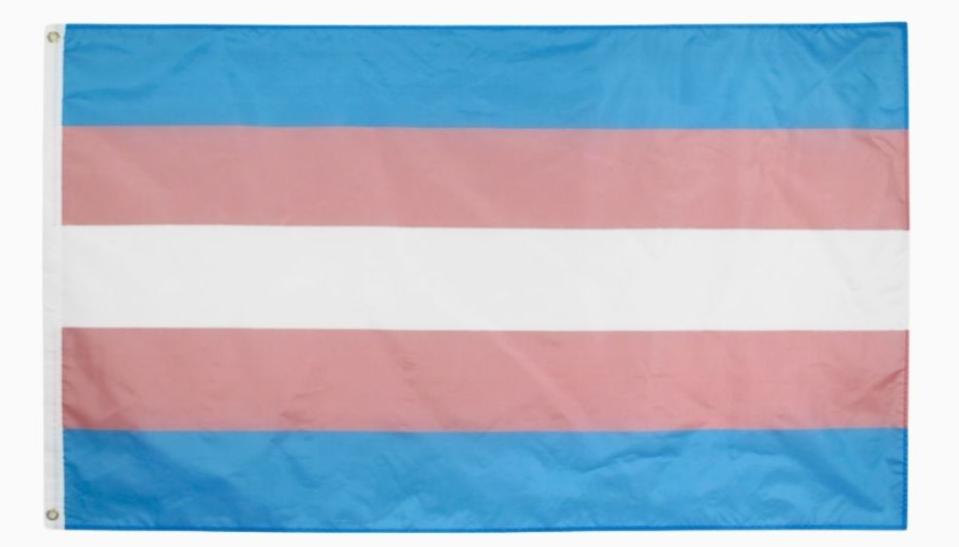
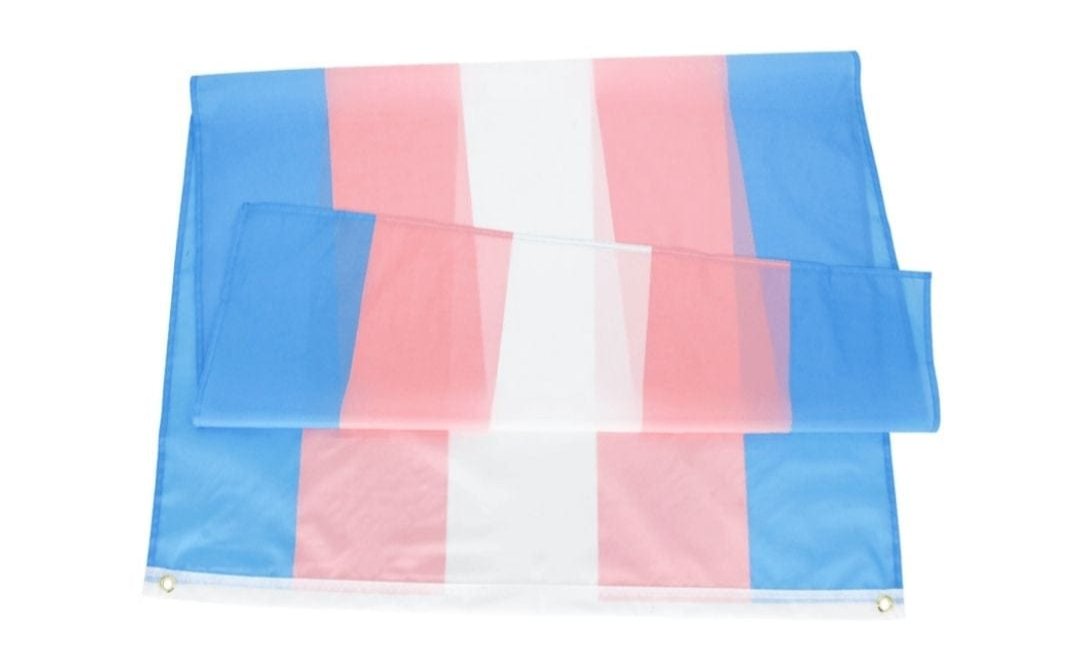


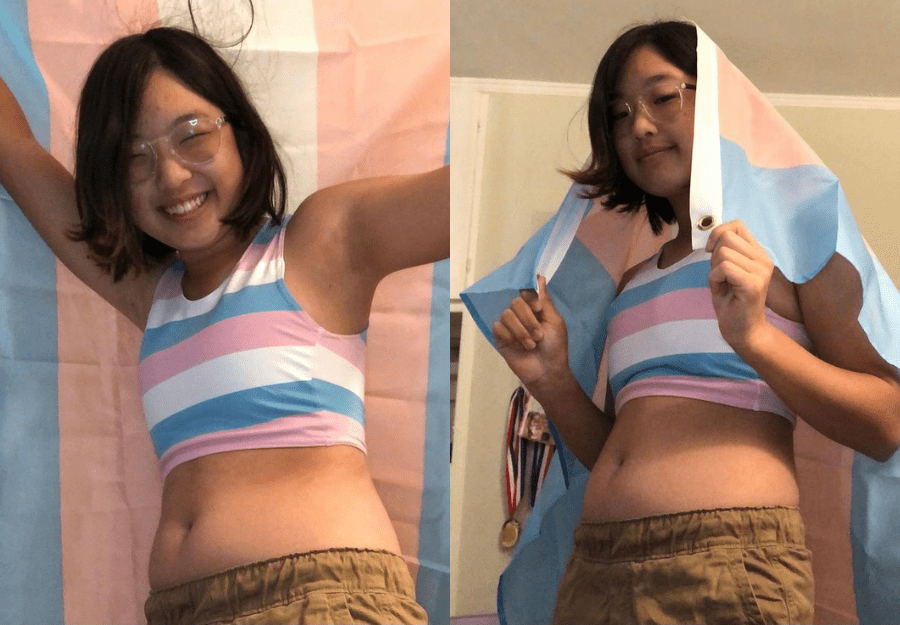
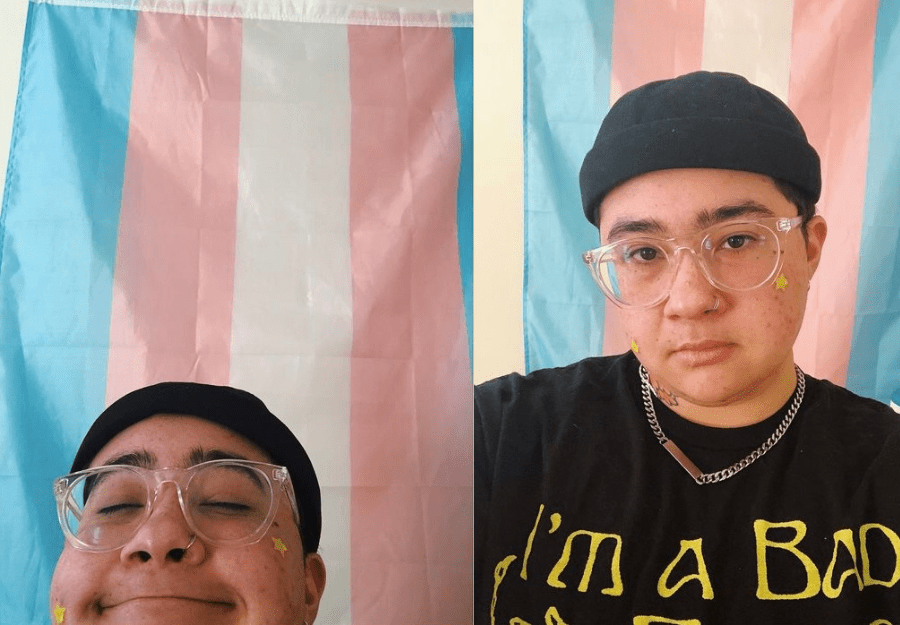
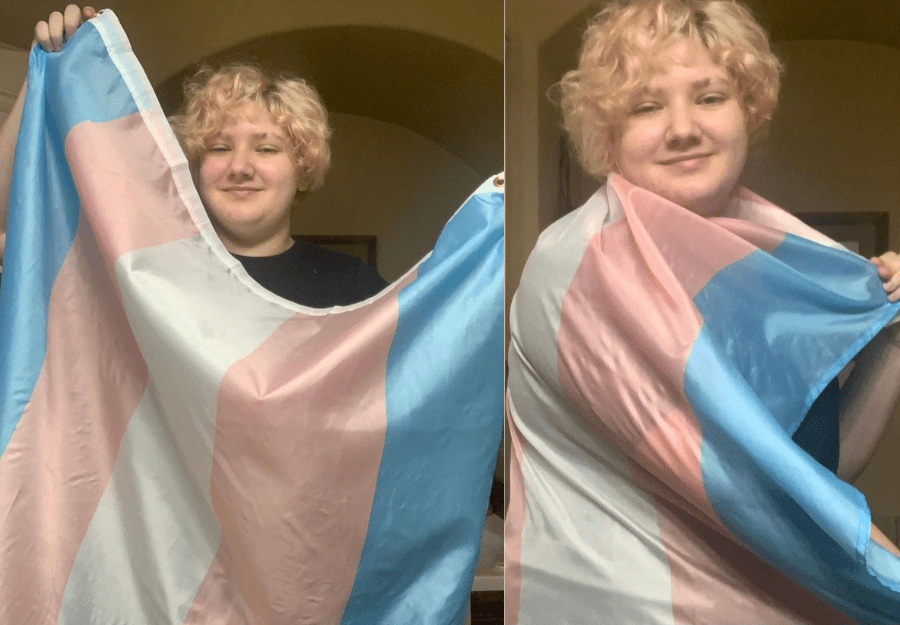

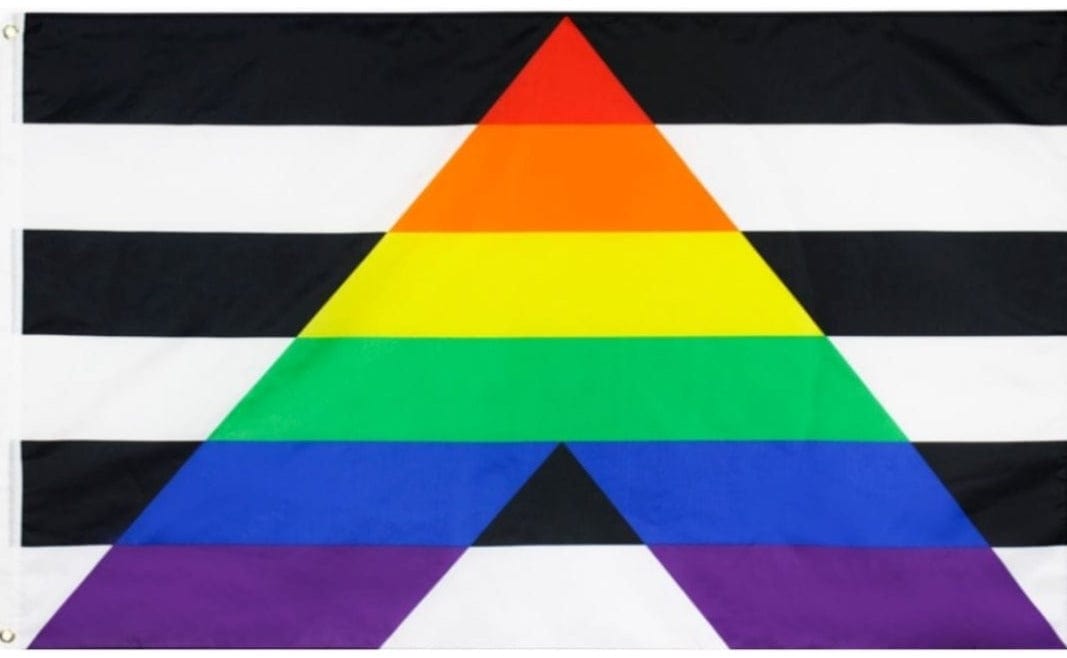
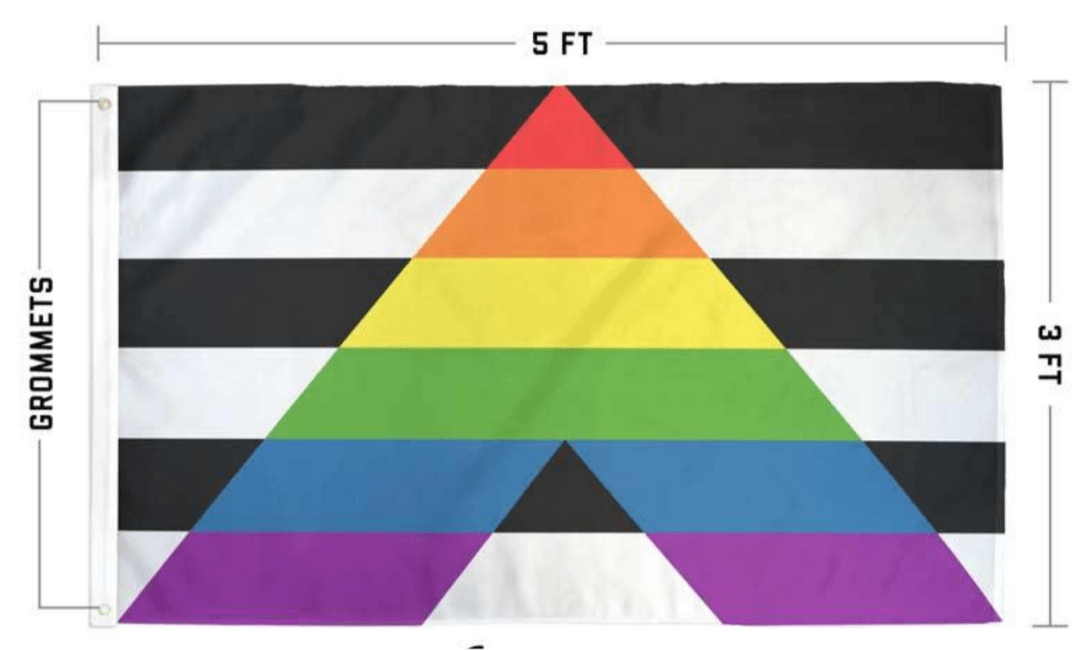

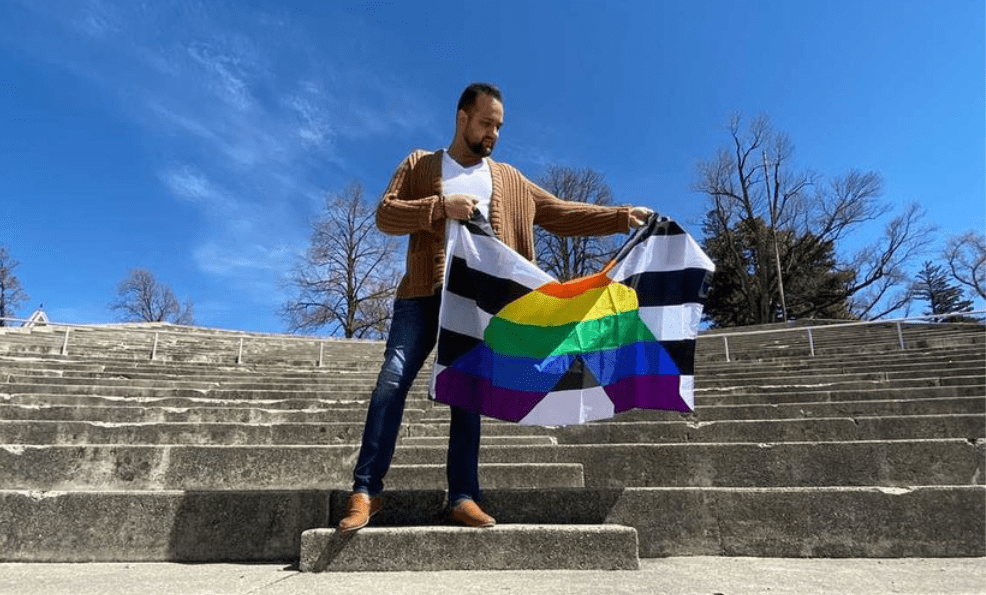
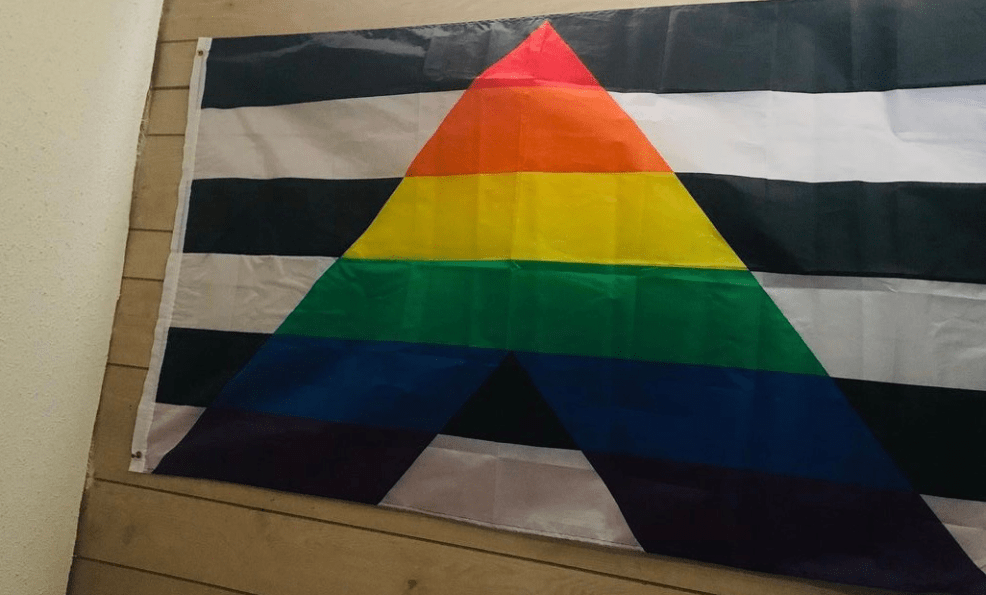
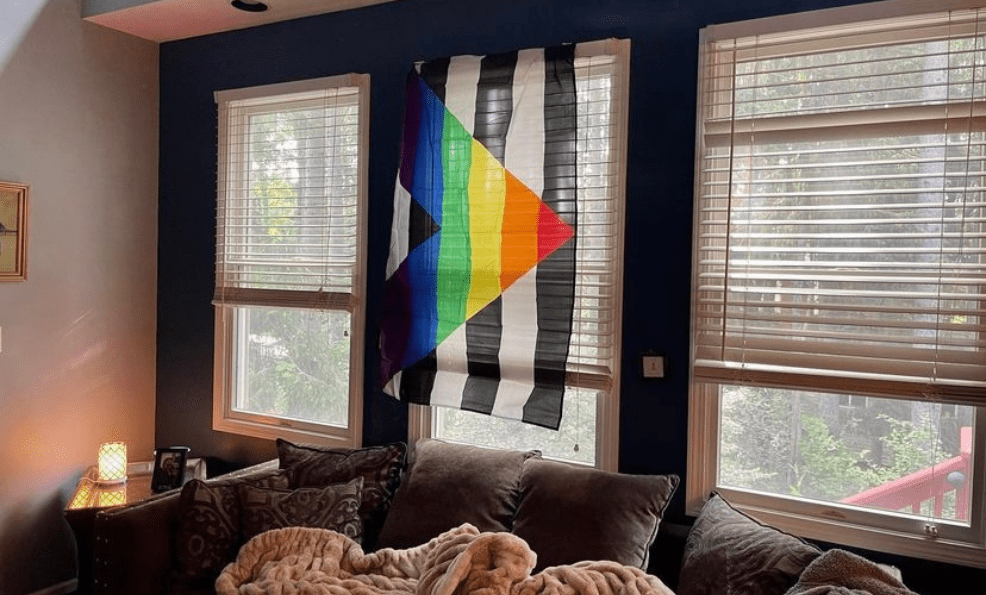

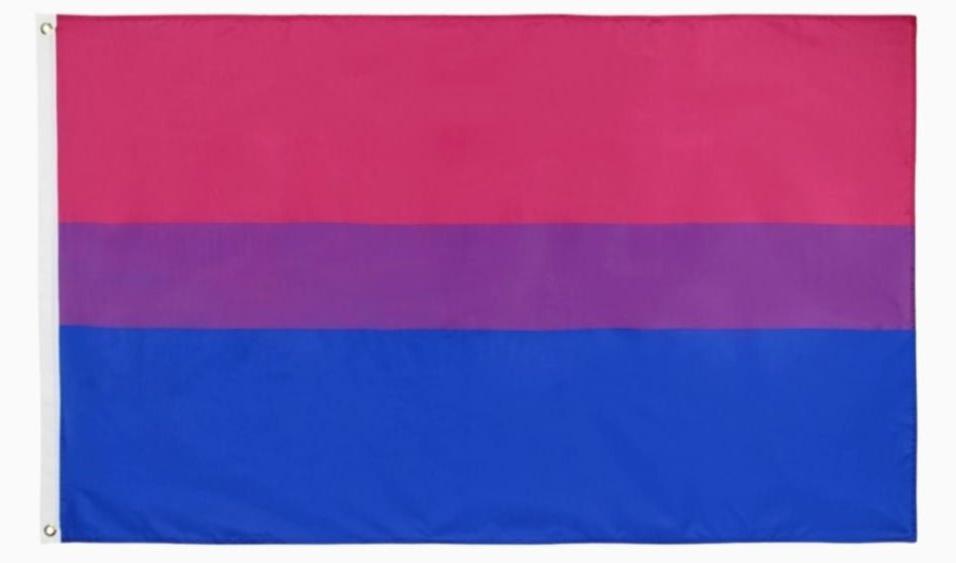


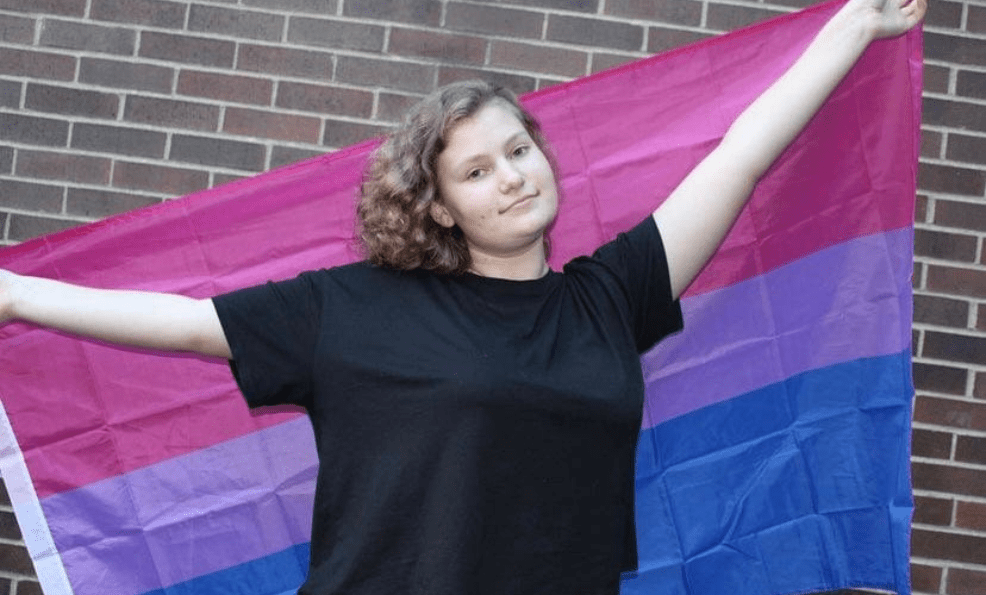
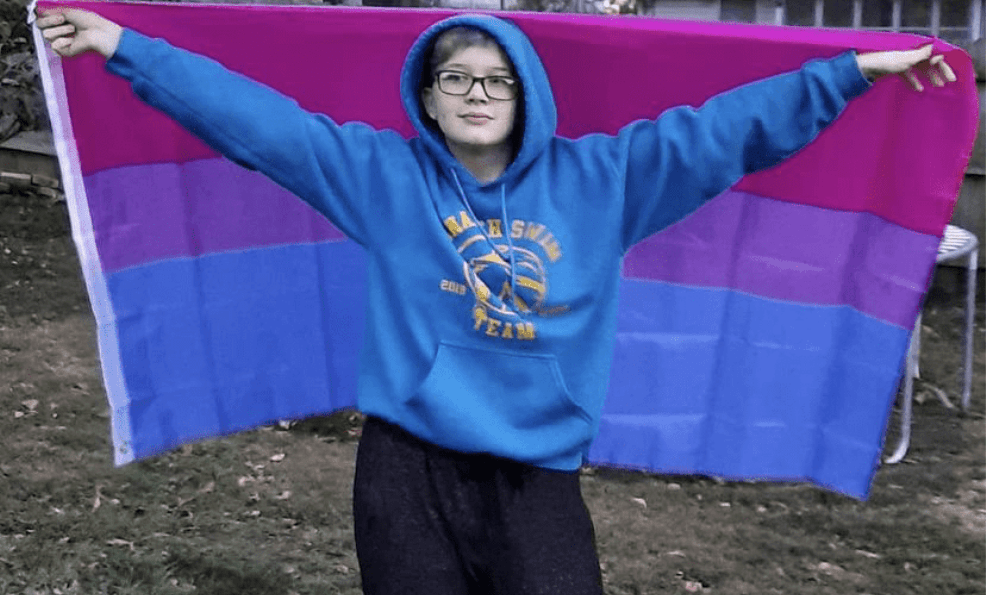









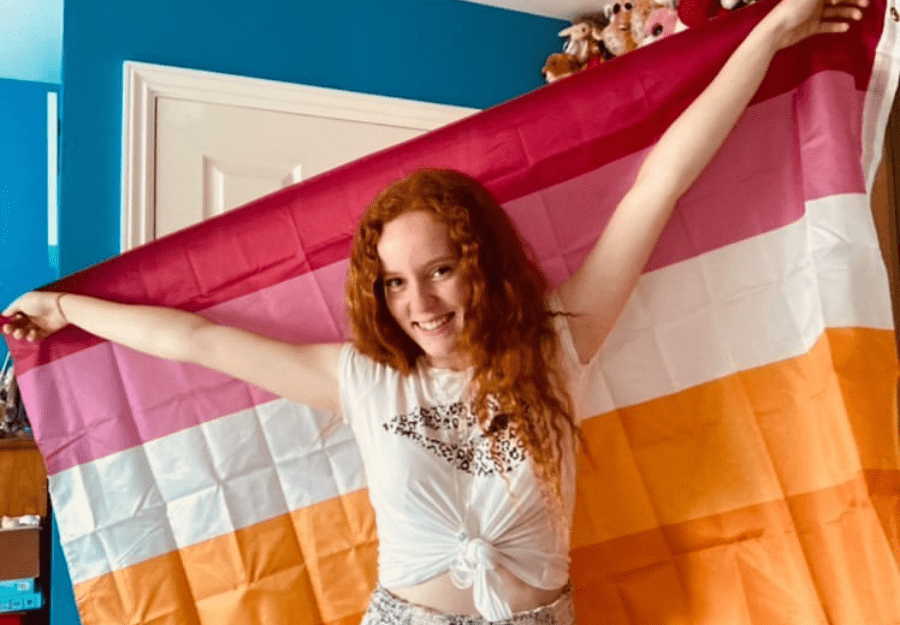
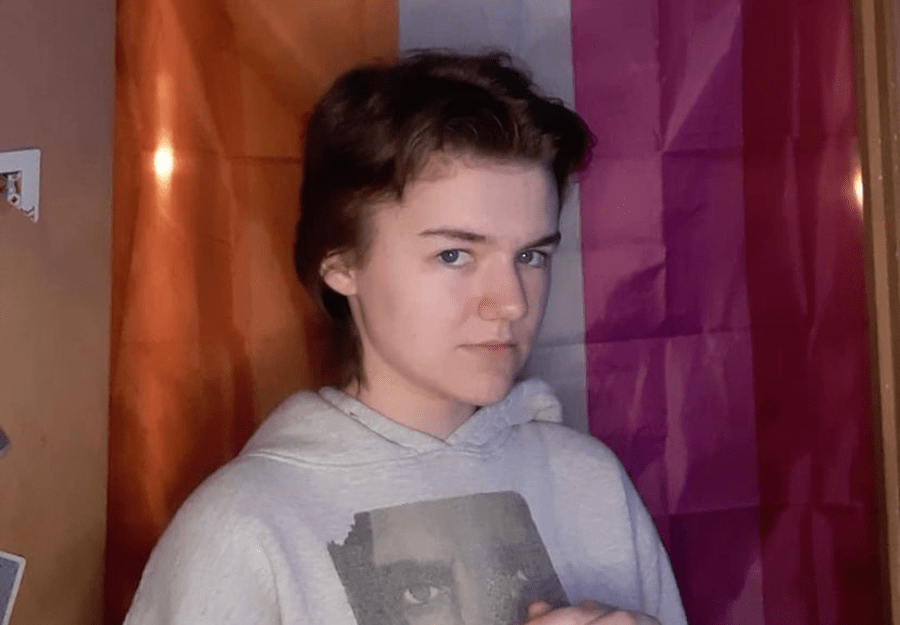
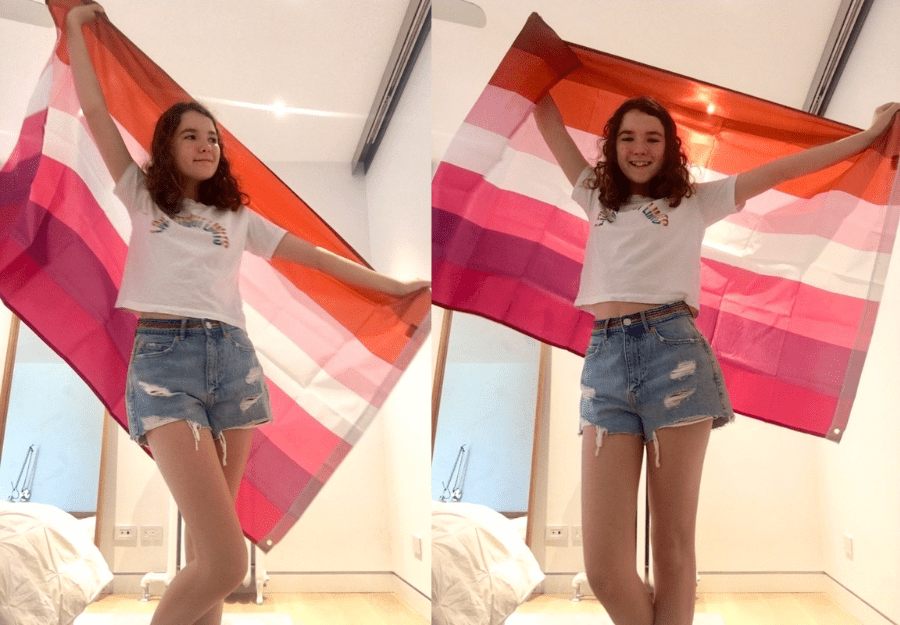

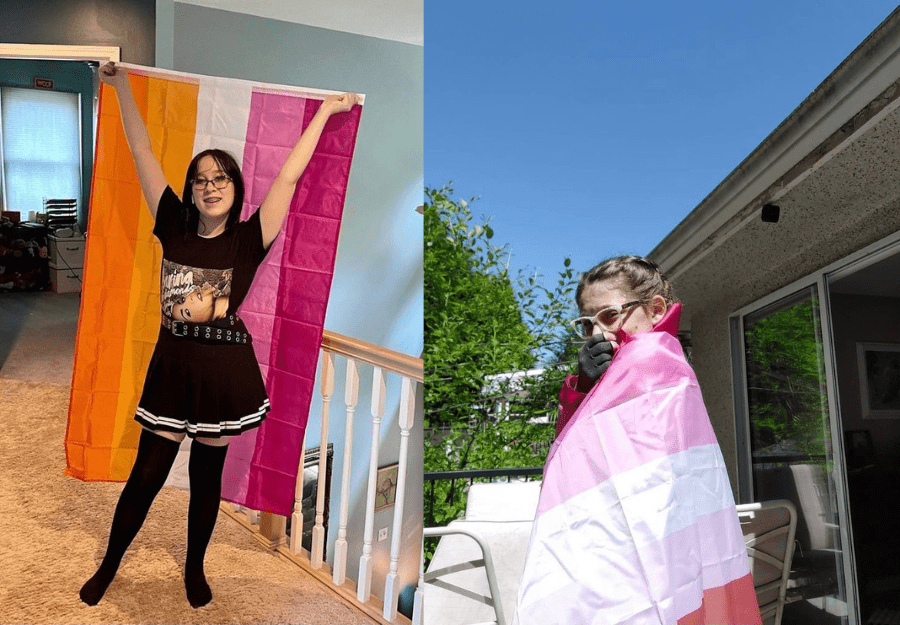





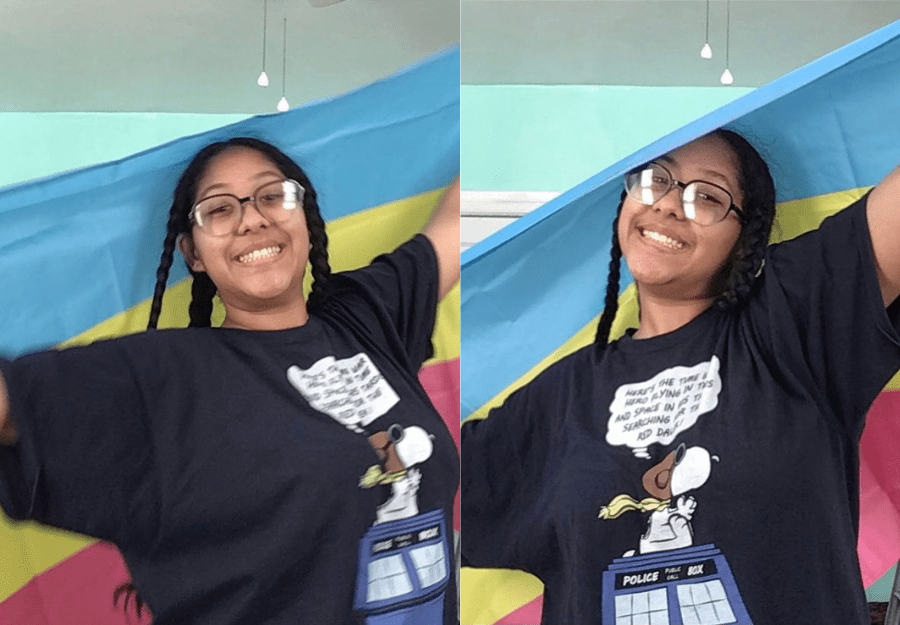
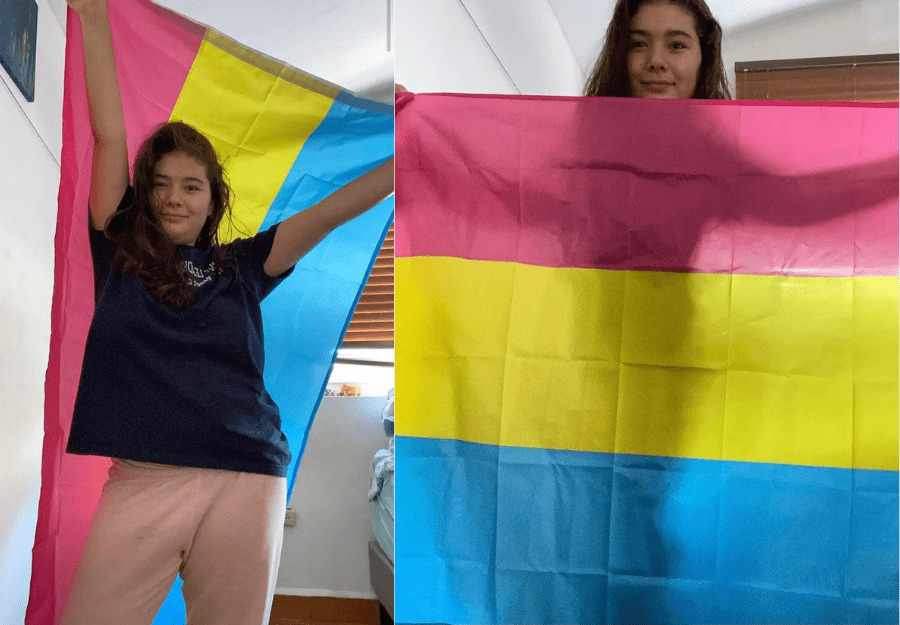






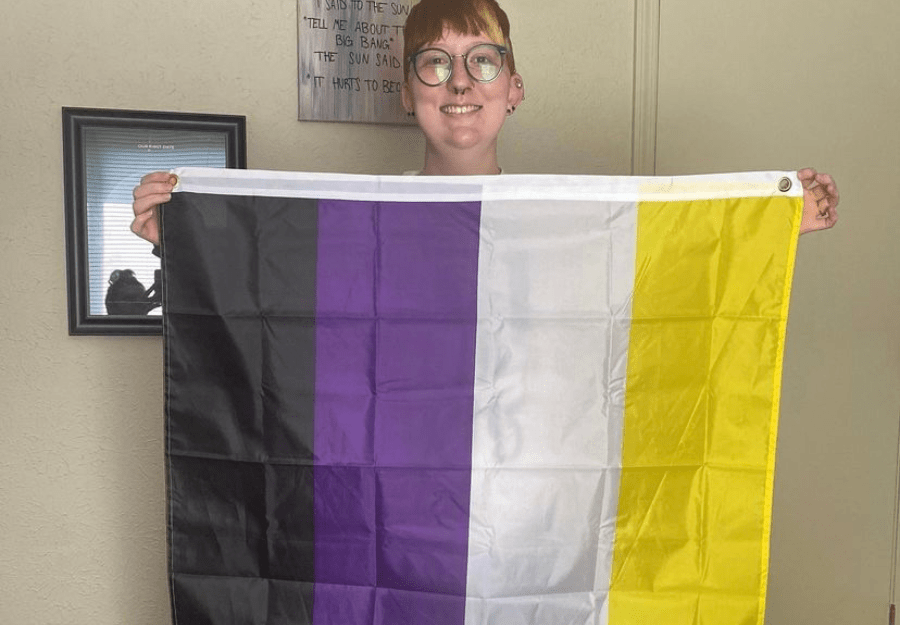












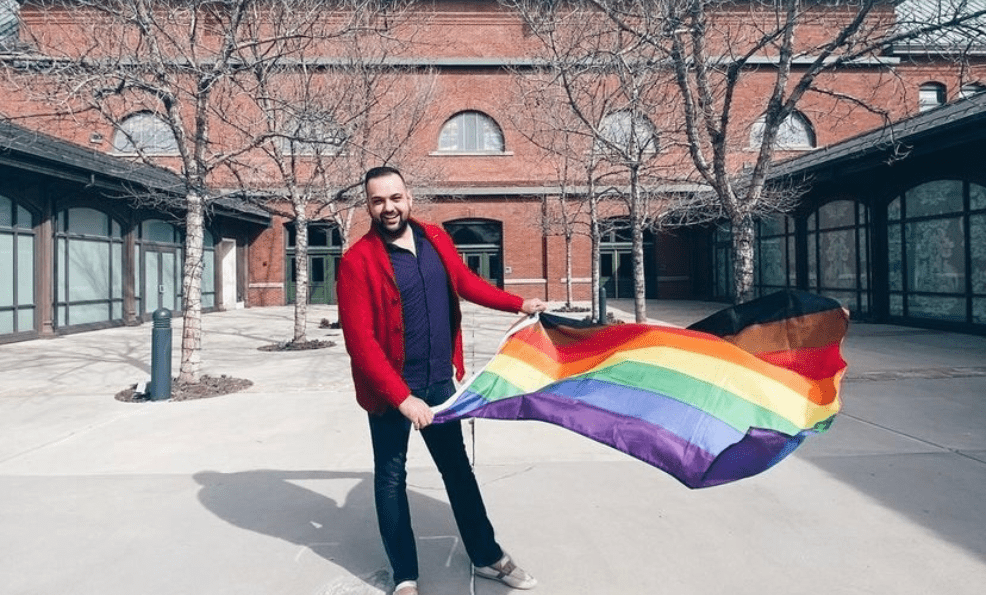
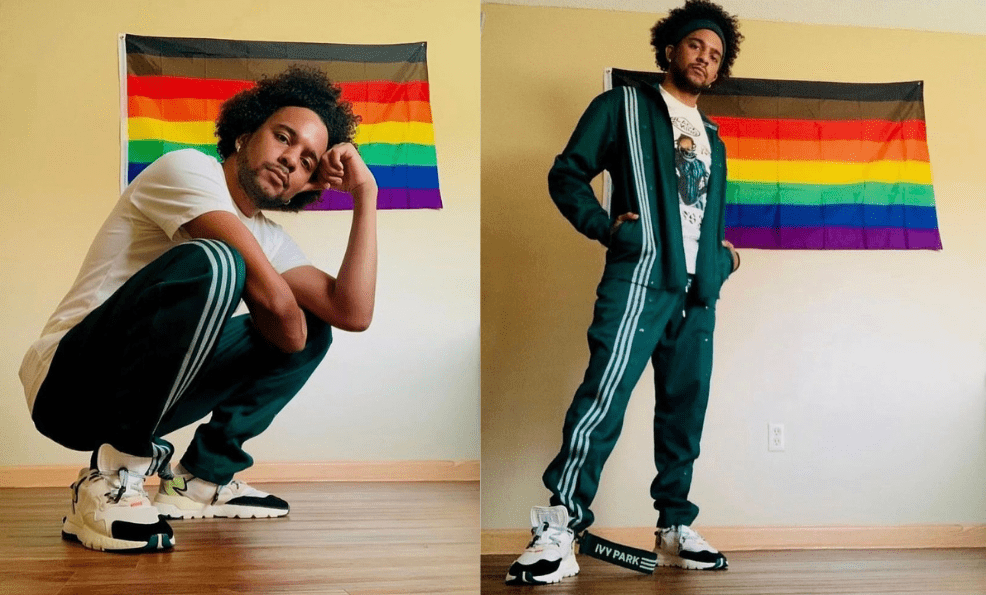
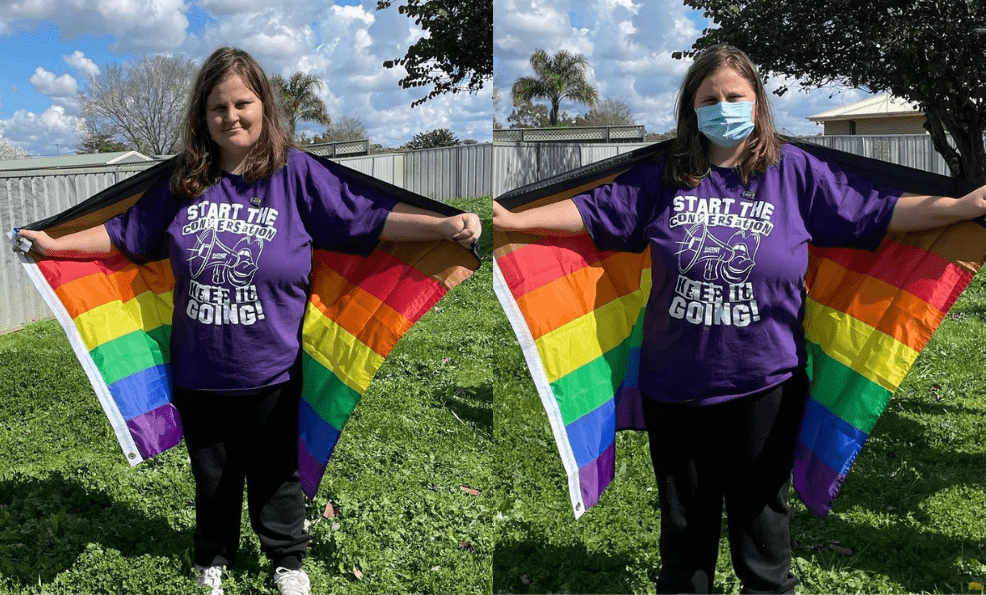













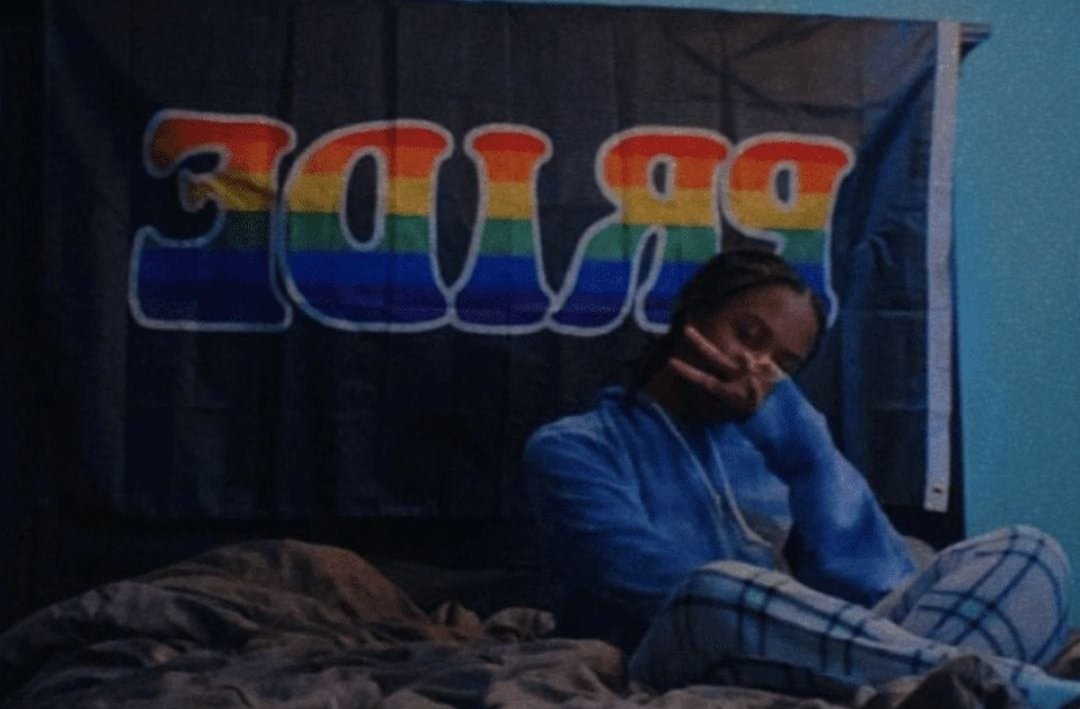






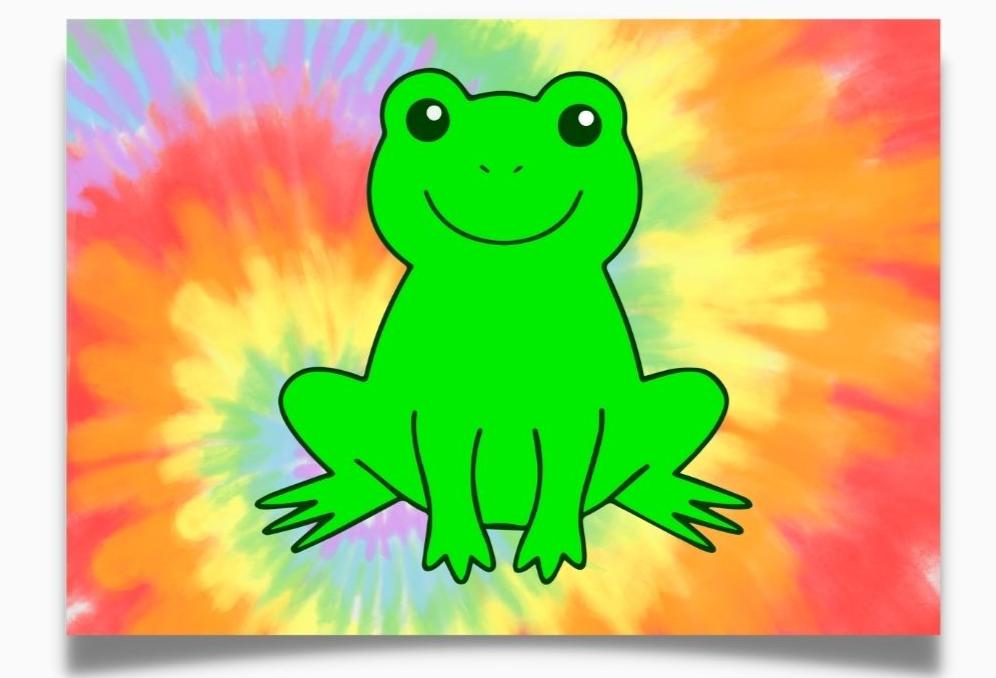

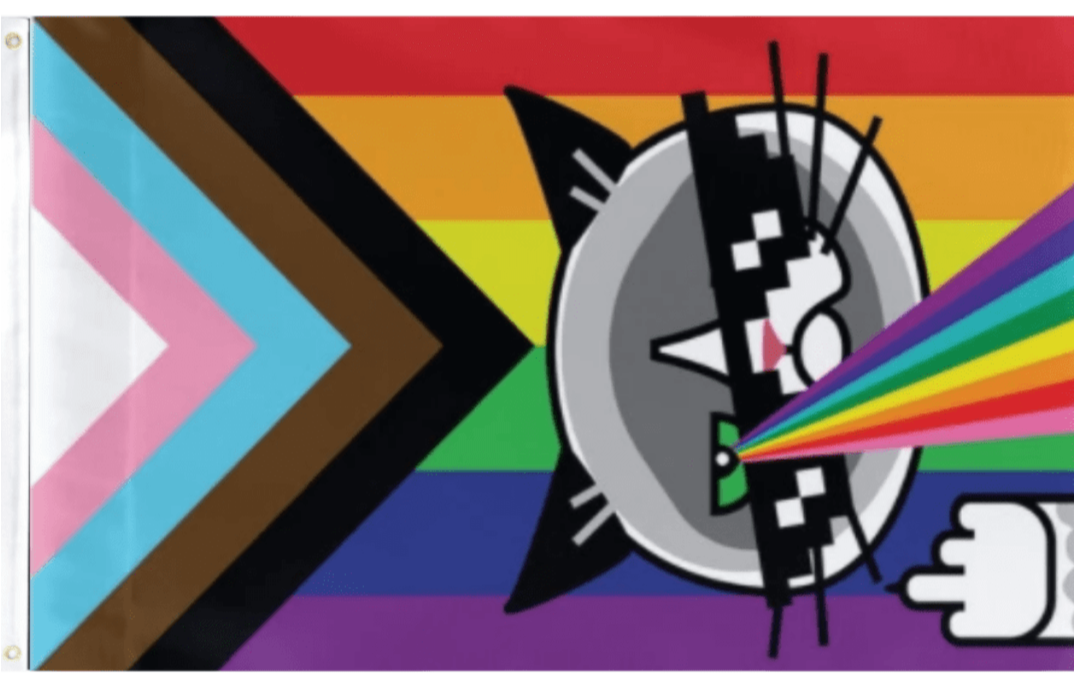
Comments
Howard P DuBin – Preach! I love everything you said!!!
It is ashame, some People FORGET>>>>we are ALL HUMAN>>>when cut, We ALL BLEED>>>If you belive in G-d>>WE ARE ALL G-D’S CHILDREN>>>>RESPECT NOT JUDGEMENT>>>ENOUGH SAID>>